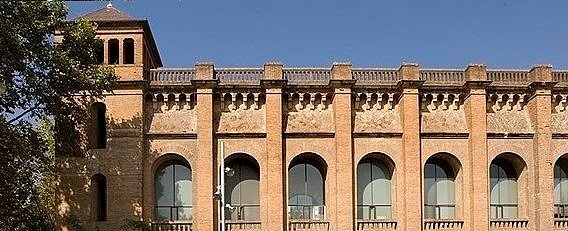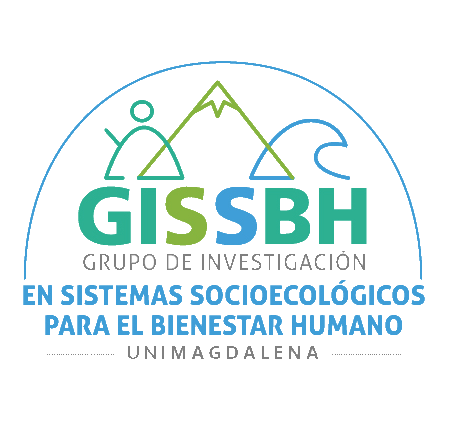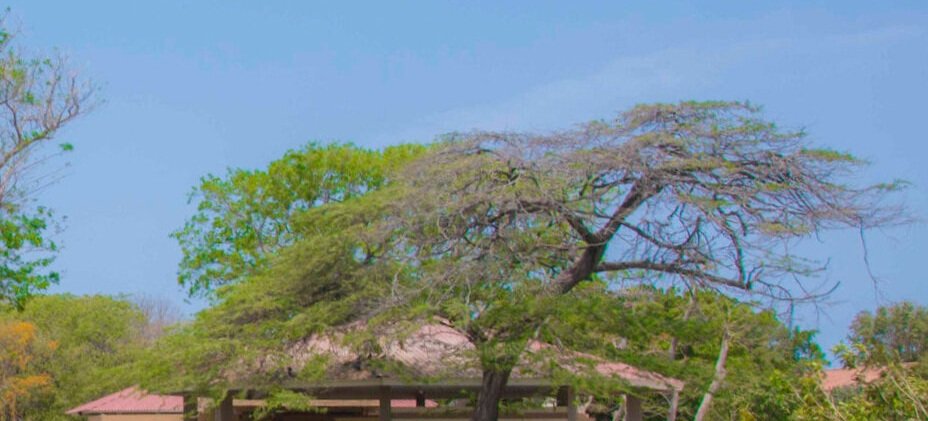About
Clamor is a transdisciplinary research, training, and advocacy project that explores the tools of art to drive activism towards environmental justice and diversity. The name of the project echoes the uproar from communities around the globe over their dignity and the recognition of their claims.
Art has become an essential component of environmental justice activism and is being used to spread awareness about global injustices that are imposed on vulnerable individuals and communities across the globe. The ubiquitous use of artworks (e.g., paintings, music, films) in environmental distribution conflicts seems to trigger changes in values and behaviours.
Clamor believes art is a powerful tool for environmental communication but also a way of seeing and a research practice empowering activists. Basic science hubs encouraging art-science collaborations show that this topic is appealing beyond socially-engaged research. Clamor investigates which forms of art are the most effective to communicate injustice and drive transformative change.
Environmental conflicts go through various stages, from the latency to the post-conflict situation. In this stages, identities and the social relationship with land influence artivists for ends such as social cohesion, awareness, education, remembrance, healing or social innovation. Attempts to theorise mediatised conflict or critical examinations of popular culture are yet to reach environmental conflict literature, which has not systematically mapped and analysed these materials. Meanwhile, activists keep deploying artistic expressions in their day-to-day activities.
CLAMOR is addressing this gap by cataloguing the role of cultural artefacts in water-related environmental conflicts in upholding transformations. We will advance theory on this rich empirical base.
The project activities include in-depth analyses of case studies in California and Colombia and blog work addressing a range of topics related to activism, environmental justice and art.
Team
Beatriz Rodriguez-Labajos
Coordinator
Ecological economist and researcher at the Johs Hopkins University-Universitat Pompeu Fabra Public Center. Currently, Beatriu de Pinós Fellow. She is also a research affiliate at the Energy and Resources Group at University of California, Berkeley. Her research interests are the socioeconomic dimensions of biodiversity, environmental justice and artistic activism. Her field experience includes waterscapes and agroecosystems from regions of Europe, US, Latin America, the US, and South East Asia.. She was a GEO6 fellow of the UN Environmental Program, scientific advisor of the Water Catalan Agency, and deputy coordinator of the EJOLT project.
Personal Twitter
Lina M. Saavedra-Díaz
Researcher
Professor and Scientist of the Biology Program at the University of Magdalena, Colombia. Coordinator of the research group in sociological systems for human wellbeing (GISSBH). Through her research, fishers’ traditional knowledge in Colombia is increasingly recognized as a key complement to scientific knowledge for decision-making towards adaptive governance of fisheries. Her research line opened a communication channel between the national Fisheries Authority and fishing communities seeking fisheries management policies at the national level. Her current research projects focus on the environmental justice angle of fisheries conflicts, and on positioning fishing as a key part of human wellbeing in Colombia and woldwide.
Giorgos Kallis
Scientific Coordinator
Ecological economist and political ecologist working on environmental justice and limits to growth. He has a Bachelors degree in chemistry and a Masters in environmental engineering from Imperial College, a PhD in environmental policy from the University of the Aegean, and a second Masters in economics from the Barcelona Graduate School of Economics. He is an ICREA professor since 2010, based in the Institute of Environmental Science and Technology of the Autonomous University of Barcelona. Before coming to Barcelona, Giorgos was a Marie Curie Fellow at the Energy and Resources group at the University of California-Berkeley.
Teresa Sanz
PhD Researcher
Teresa Sanz is an environmental researcher with a BSc in Environmental Science by the University of the Basque Country, and a Master’s in Ecological Economics by the Autonomous University of Barcelona (2019). She is interested in the links between environmental humanities and socioecological systems. Her research explores the potential of artistic and cultural expressions to foster the work of environmental movements, especially those involved in energy transitions. Teresa is also a performing arts artist, so she is developing methods for art-science collaboration, as she considers art as an essential tool for rising awareness about political and environmental issues.
Darlin Botto
Researcher
Researcher of the research group in socioecological systems for human well-being (GISSBH) at the Universidad del Magdalena. She holds a BSc in Biology (University of Magdalena) and a Master in Science (Universidad Nacional de Colombia). A highschool teacher since 2018, her research interests are focused on small-scale fisheries, governance of fisheries, fisheries management policies and socioecological systems. Her current research projects at the University of Magdalena involve the mantanance of the communication networks between the Fisheries Authority and fishing communities towards sustainable fisheries management policies.
Isha Ray
Scientific Coordinator
Professor at the Energy and Resources Group, and Associate Dean for Equity and Inclusion at the Rausser College of Natural Resources, UC Berkeley. Her research interests are water, sanitation and development; water and gender; technology and development; and common property resources. Her research projects and teaching focus on access to water and sanitation for the rural and urban poor, and on the role of technology in improving livelihoods. She has extensive past and ongoing experience in the non-profit sector on sustainable development, water, and gender equality.
Julian Willming
Research-Assistant
Julian Willming is Erasmus Mundus Master Student in Environmental Policy, Management and Science (MESPOM). His research interest lies in transdisciplinary visions for the future, ranging from a post-growth society to the economics of arts and culture. As a curator and artist, Julian has collaborated with various environmental organizations and activist groups (e.g. XR Hungary, Floating e.V Berlin, The Experimental Humanities Collaborative Network). Julian holds a degree in psychology from the University of Groningen.
Andrés Kasanzew
Master´s Student UAB
Andrés Kasanzew is a student of the Master in Sustainbility (Ecological Economics) at the Autonomous University of Barcelona (2022). With training in filmmaking, he is interested in artistic expressions in support of environmental research. He is motivated by their potential to generate awareness, to transform pre-existing situations, to make issues visible and to manifest the unsaid. Andres’ current research work focusses on audiovisual records of artisanal fishing as a way of observing the lights and shadows of an important sector in the Mediterranean culture.



















